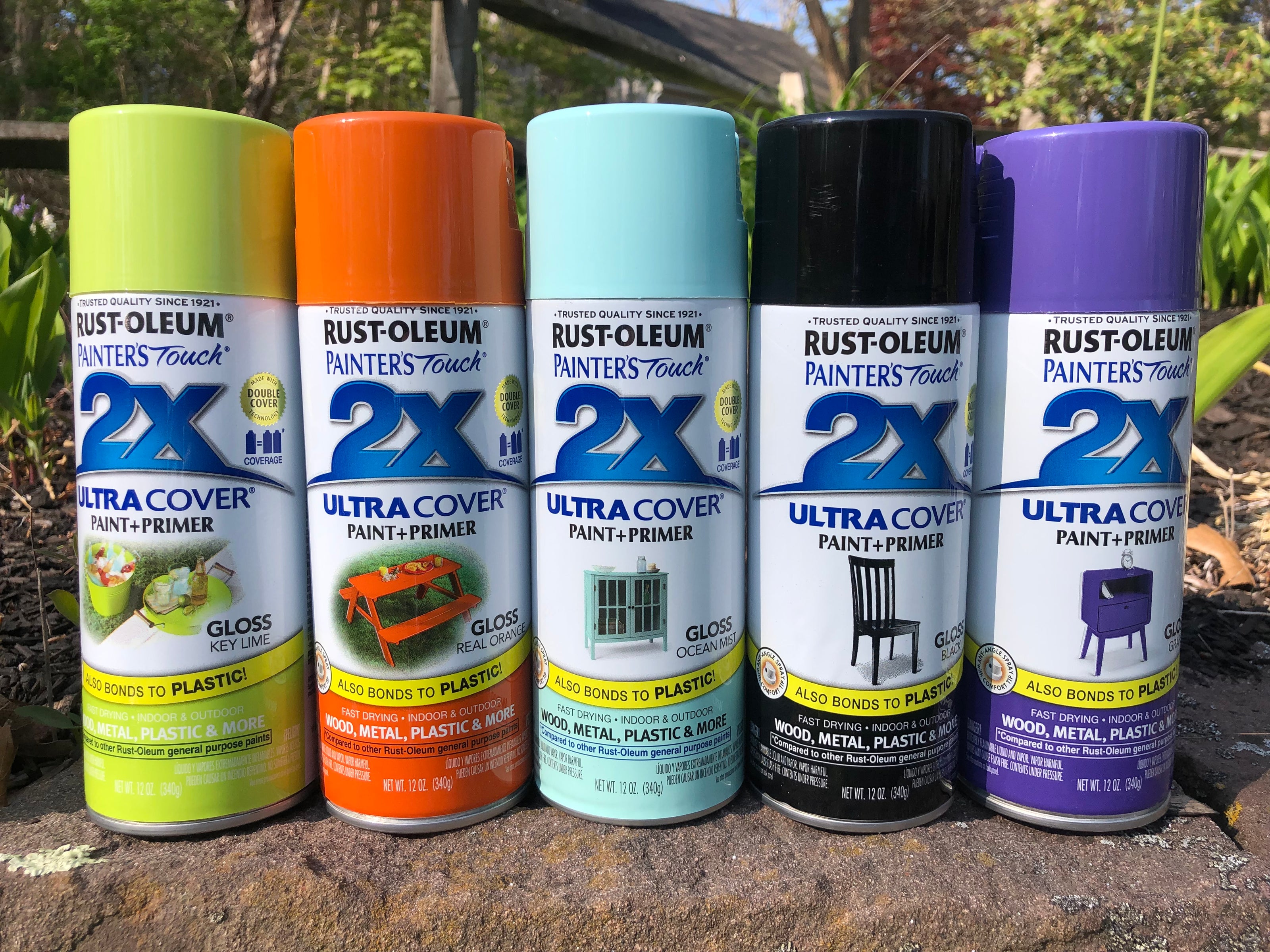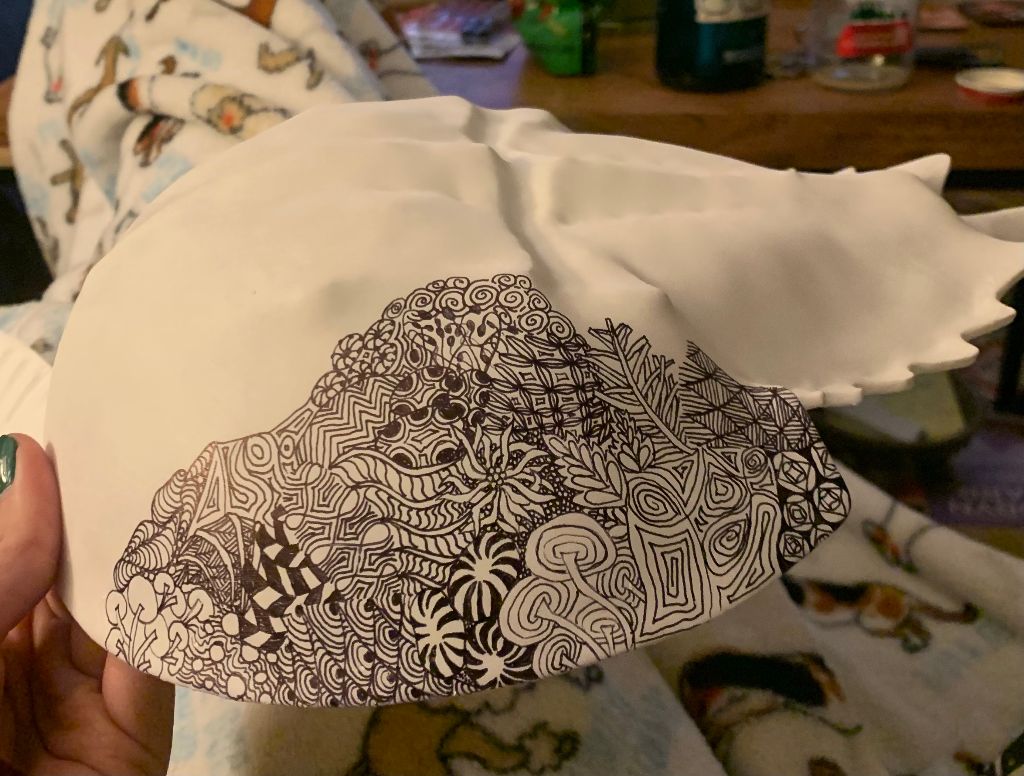Get Creating with Examples and Tips
The possibilities are endless with art so don’t let your inner artist be limited by the paint and materials in the kit.
Before you begin your project, you should sketch some design ideas on paper.
Think about the colors you want to use.
If you would like a different background color, you might consider using spray paint for a new base coat. Be sure the spray paint will adhere to plastic. We highly recommend Rust-o-leum Glossy Spray Paint for Multi-Surfaces Including Plastic.
If you want a color that is not provided you can mix the primary colors to create other colors. Blue and red will make purple, yellow and red will make orange, blue and yellow will make green. For lighter shades of color, try adding white. For example, a little red mixed with white will create a pink shade. Explore the colors. Each paint container covers approximately one square foot of surface area. Most glossy acrylic paints will adhere to the model. The FolkArt brand of multi surface paints adhere very well to the model. The company sells a 16-piece pack of many varied colors.
Once you are happy with your design on paper, sketch the general design on your model in pencil.
The best way to paint your model is one color at a time with time for drying in between colors. The paint provided with the box dries fairly quickly--in about 10 minutes. If the paint is not dry and other colors brush against the wet paint, the resulting color will usually be a muddy gray/green/brown!
Other design possibilities:
Sharpie markers make striking, permanent designs on the model and can even be used after paint has dried to outline and add design to your artwork.
Apply paper to your model...
Try creating paper using wax paper and acrylic paints. This new paper can be smoothed onto your model using matte medium. Depending on the look you prefer you can try gloss or semi-gloss. The paper can be layered, much like paper mâché is layered to create a rich depth of color.
-
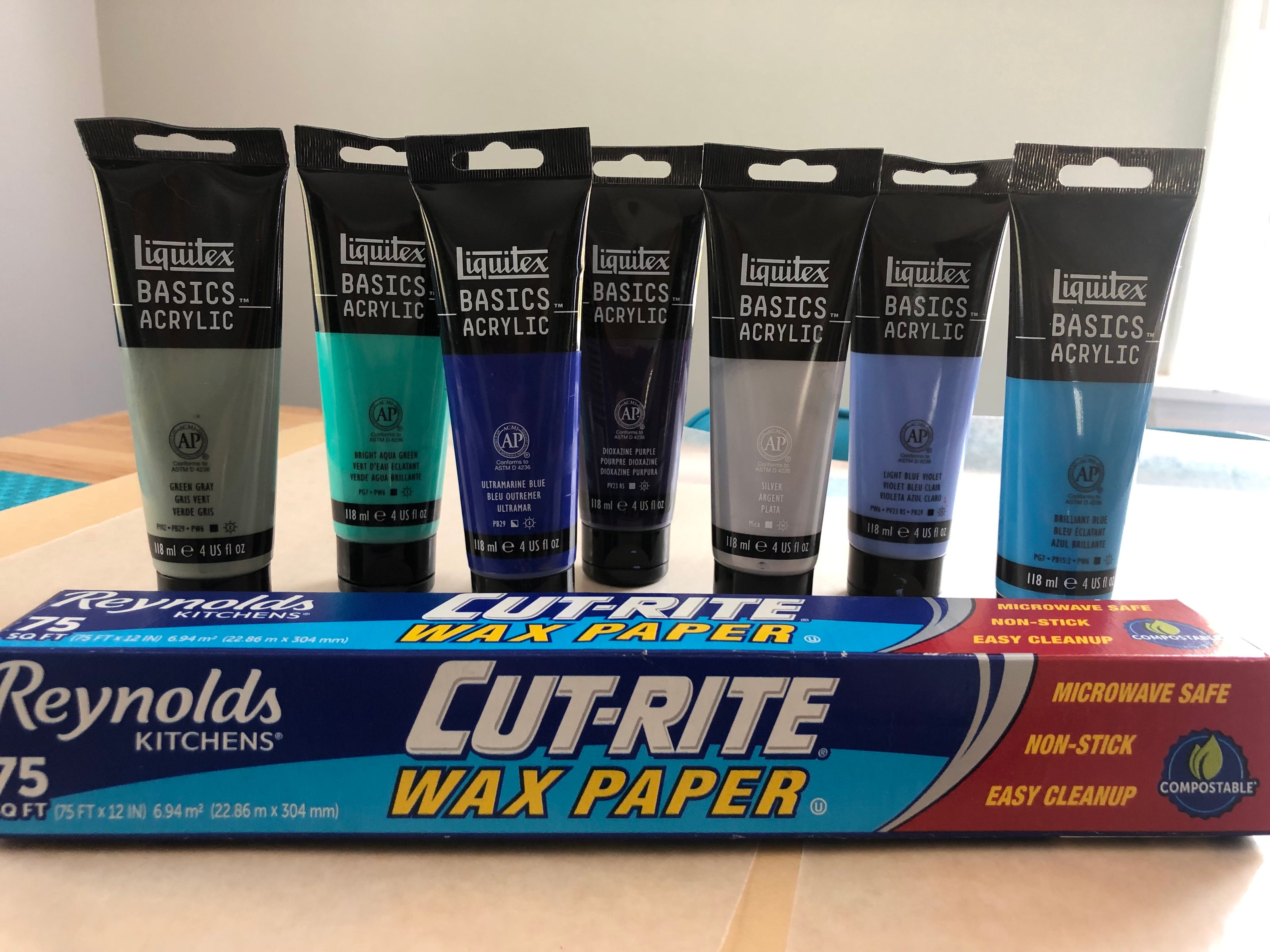
Step 1:
Gather wax paper and a collection of inexpensive acrylic paints in the color palette you want.
-
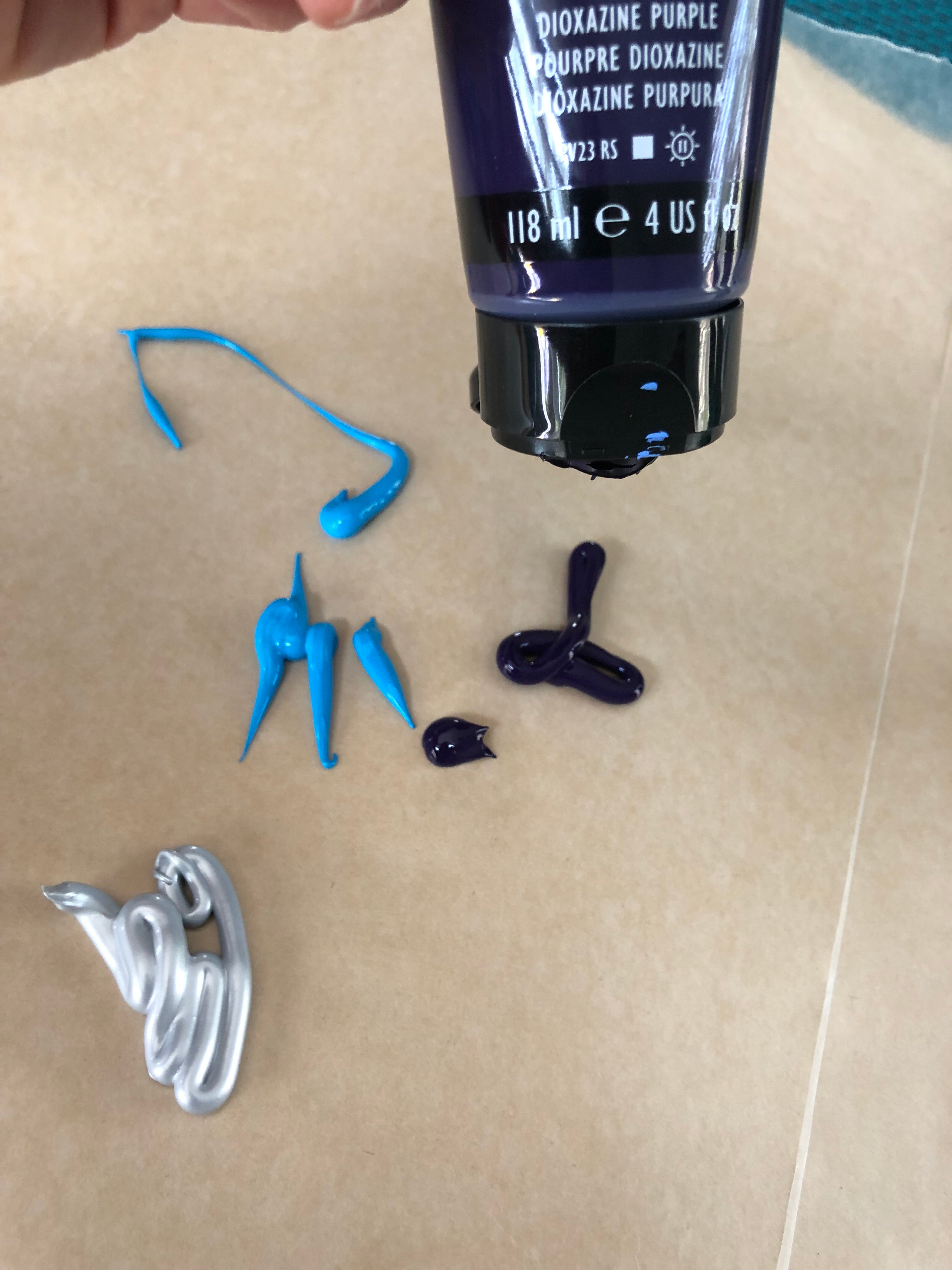
Step 2:
Tear off a sheet of wax paper. Squeeze some acrylic paints randomly onto the wax paper.
-

Step 3:
Using a paint brush, move the paint around on the wax paper to create areas of color that touch or slightly blend.
-
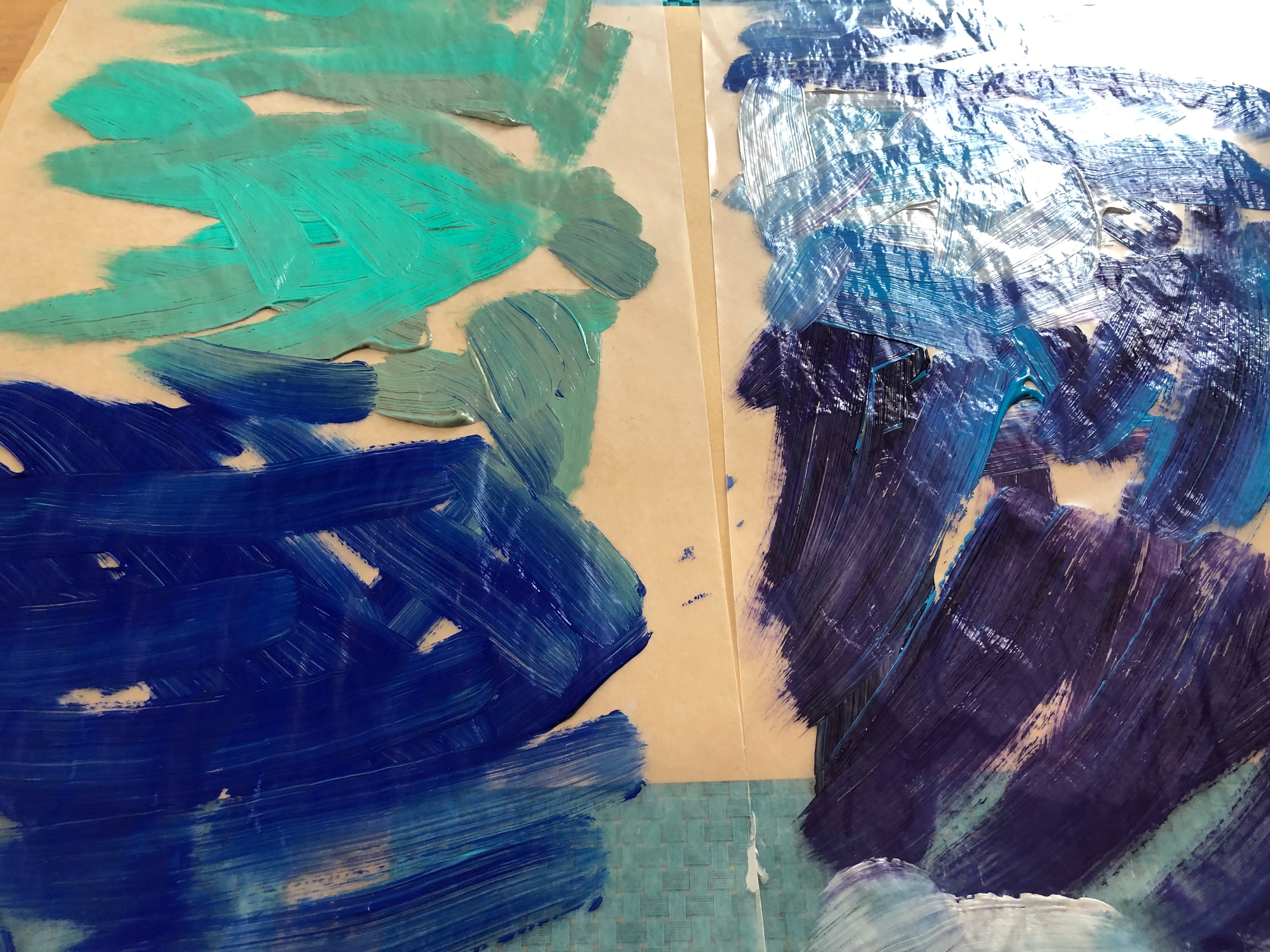
Example of brushed-on acrylic paints.
-
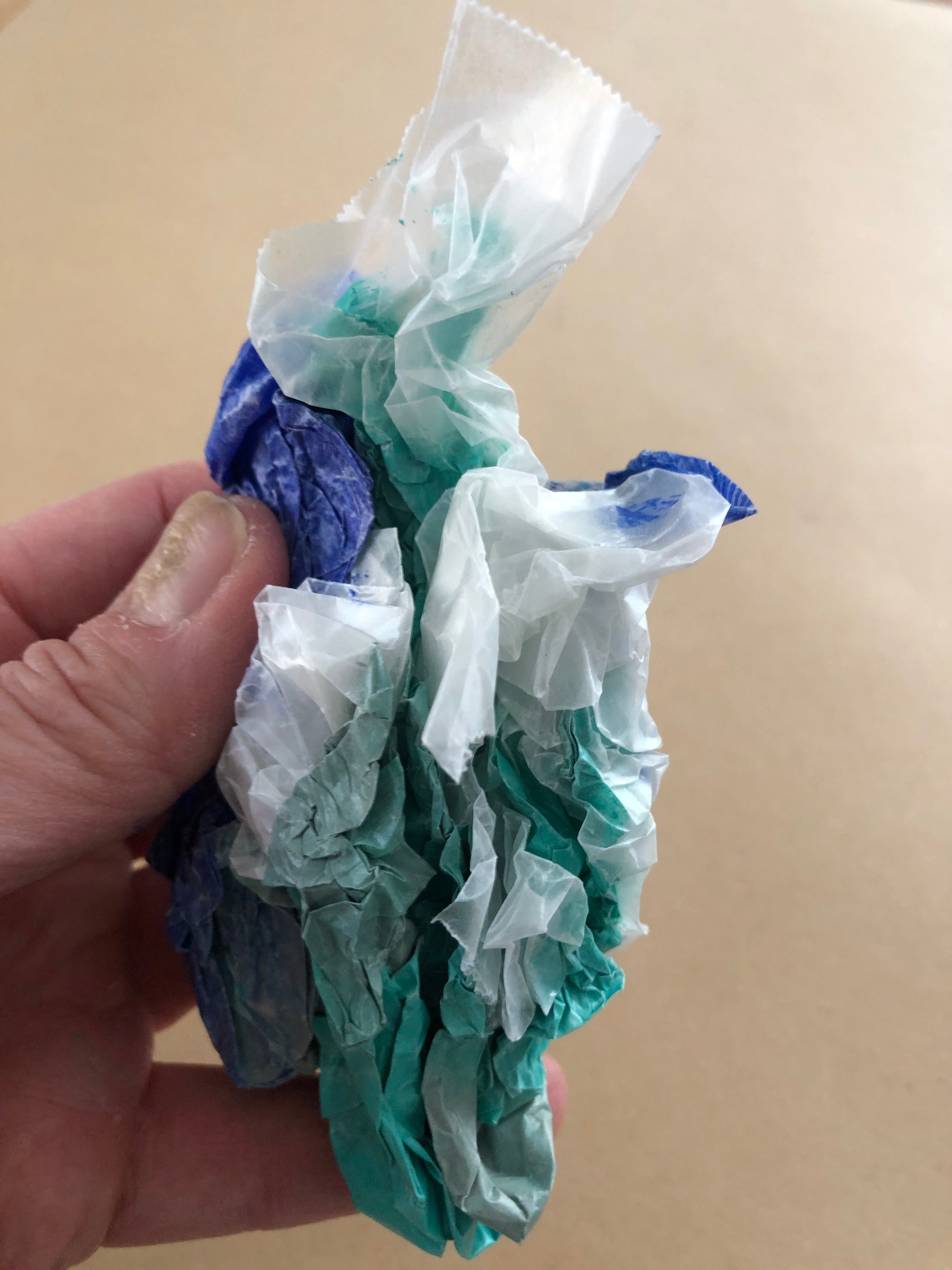
Step 4:
Crumple the wax paper into a tight ball, keeping the back of the wax paper in your hand, so as to not make too much of a mess!
-

Step 5:
Open up the wax paper and lay out to dry.
-
Step 6:
Purchase a small jar of matte medium and apply paper to the model by tearing or cutting pieces of the paper. Use an inexpensive paint brush to coat both sides of the paper with matte medium. Place the paper on the model and use a small silicone spatula or your fingers to smooth the paper onto the model. It should be as smooth as possible.
Attach fun materials...
Use your imagination. What other materials can be glued onto your model? Visit a craft store or scour the natural environment looking for interesting items that might look fun on your model. Think: shiny gems, buttons, ribbon, sea glass, small pebbles…
-
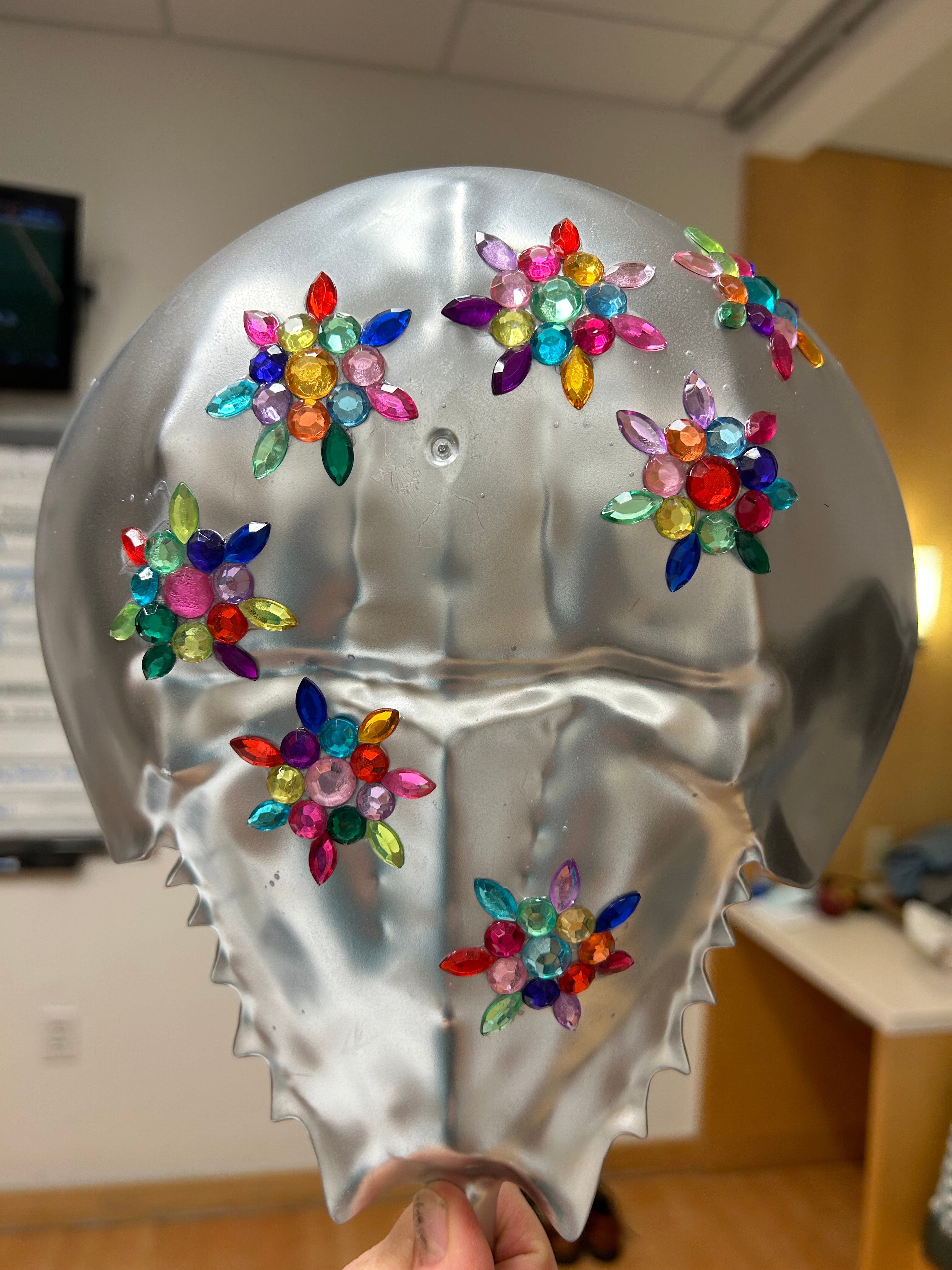
Add sparkle--attach gems with any craft glue, hot glue, or super glue...
Acrylic pouring...
-
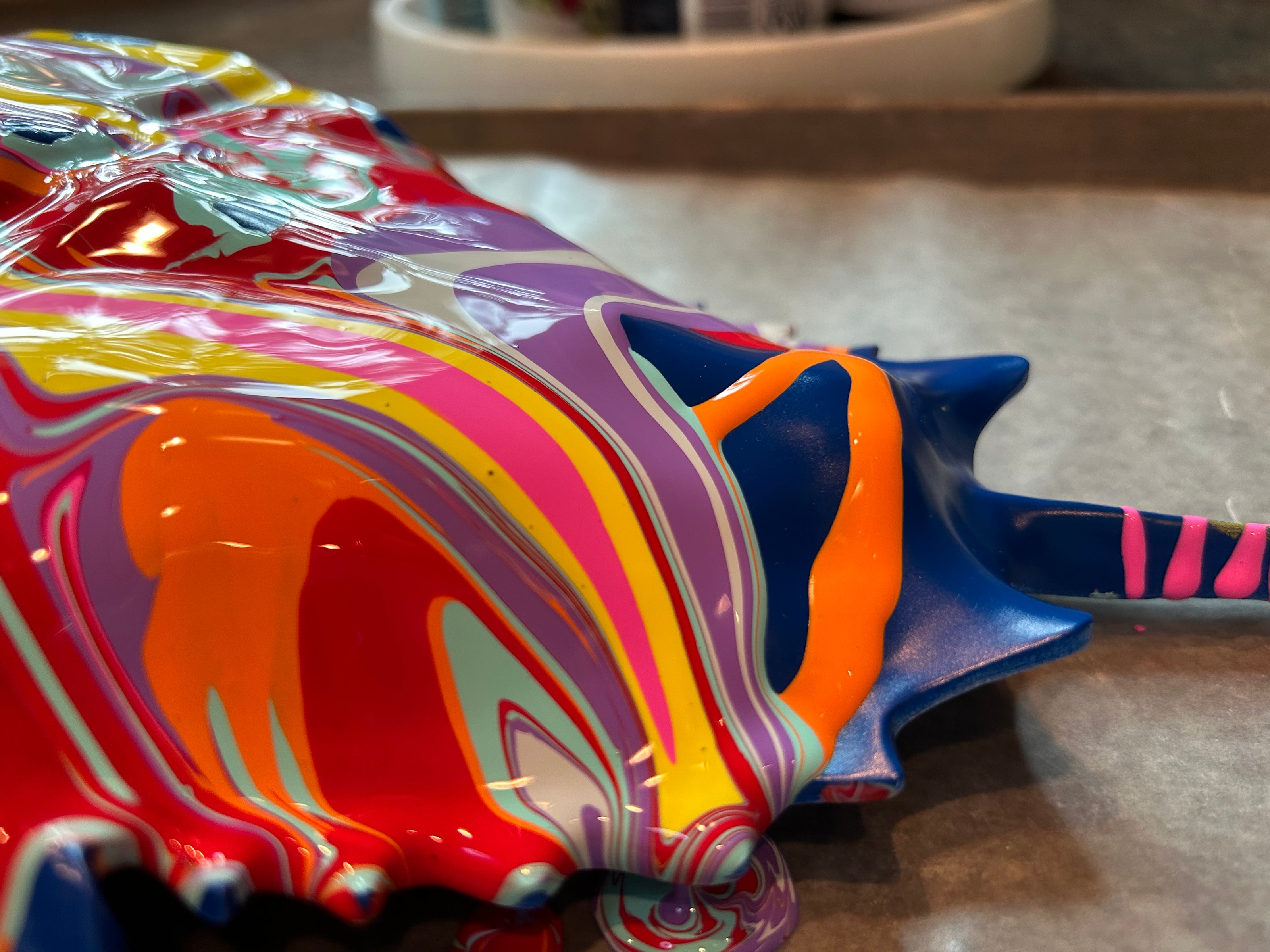
Title: Rainy Day in Eastham; Artist: Liam N.
-

Try an acrylic pour design on a crab.... A quote from a middle-schooler upon finishing her first acrylic poured crab "I'm completely obsessed--so much fun--obsession!!!"
You will need multi-surface acrylic paint, Floetrol (buy at any hardware store), cups to mix paints, compressed air (optional), stirrers, lots of newspaper to protect your surface, and gloves help keep the paint from spreading all over your hands....
-
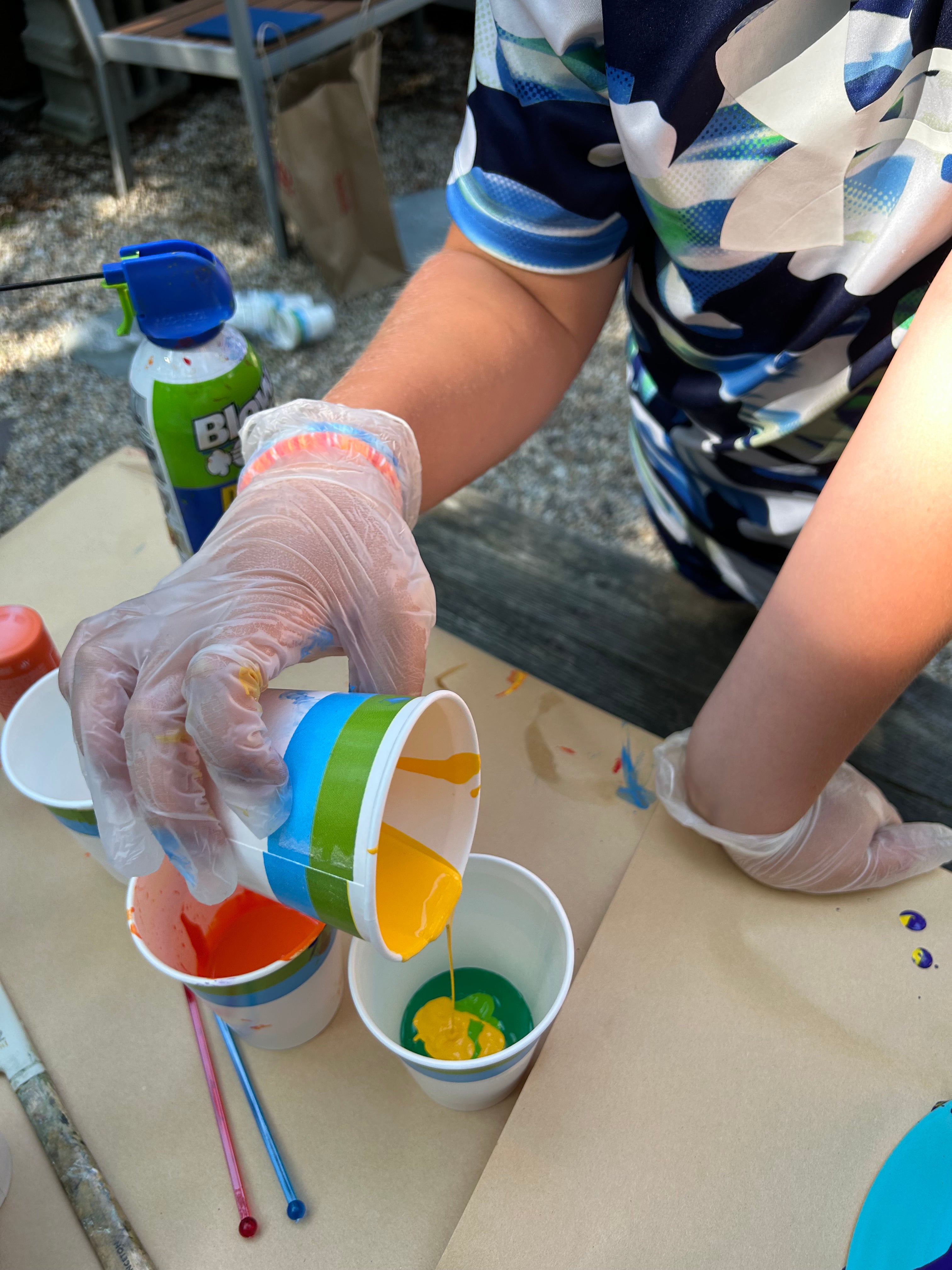
Get ready. Prepare an area by covering surfaces and put on gloves.
With a stirrer mix 50% Floetrol and 50% acrylic paint in cups. Single colors or try two colors in a cup to add a surprise to the pour....
-

Start pouring!
Move the crab by holding the tail to let the paint flow in whichever direction you like. Layer paint pours. You can try using compressed air to move the paint more forcefully once it is on the crab. A blow dryer also works to spread paint and it creates a 'crackle-like' finish.
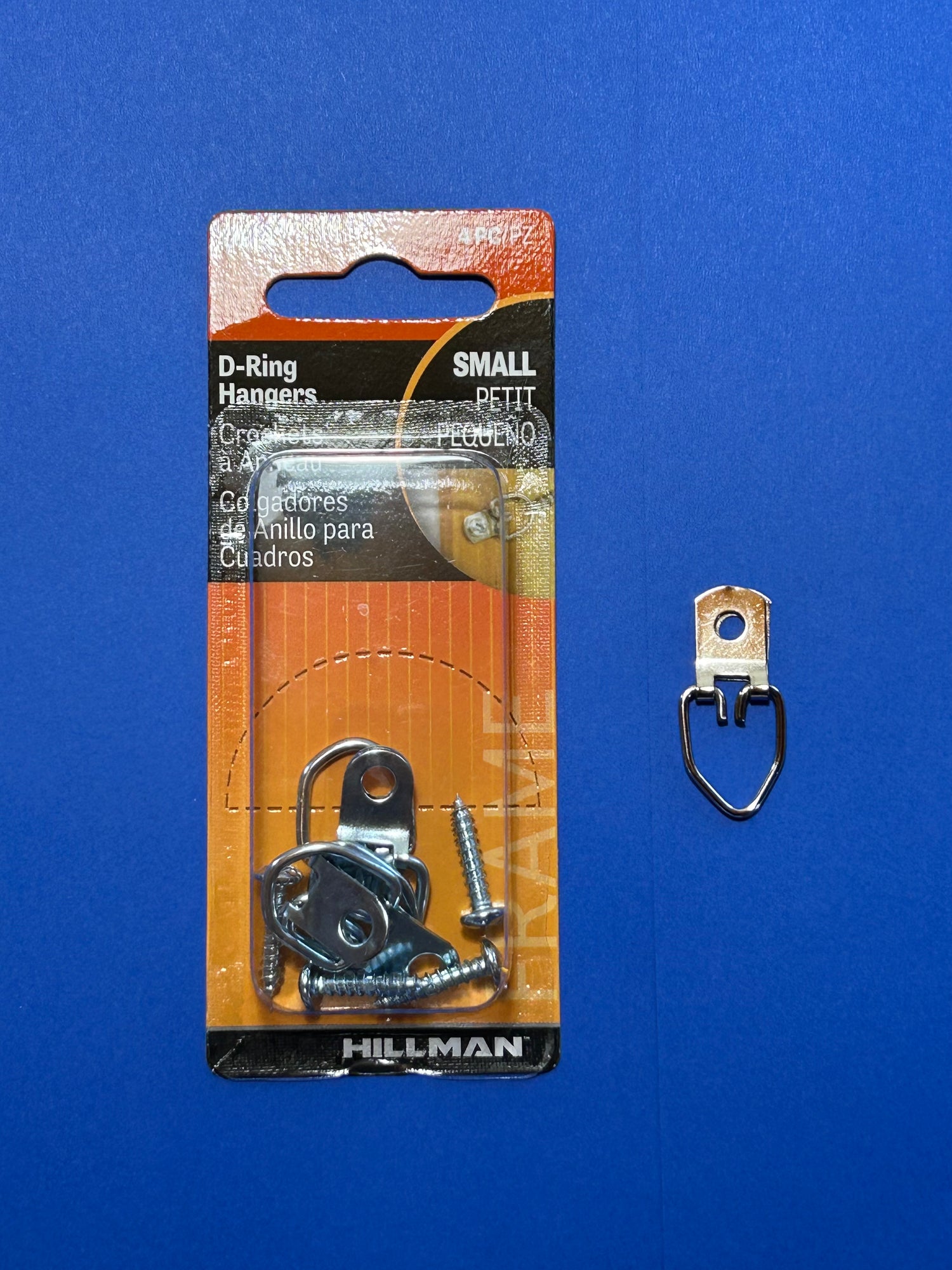
Tip: Hanging your model...
The D-Ring hooks used for hanging mirrors are a great way to hang your completed model. You will need one D-Ring hanger and a small dab of Gorilla Glue (fast) or craft glue.
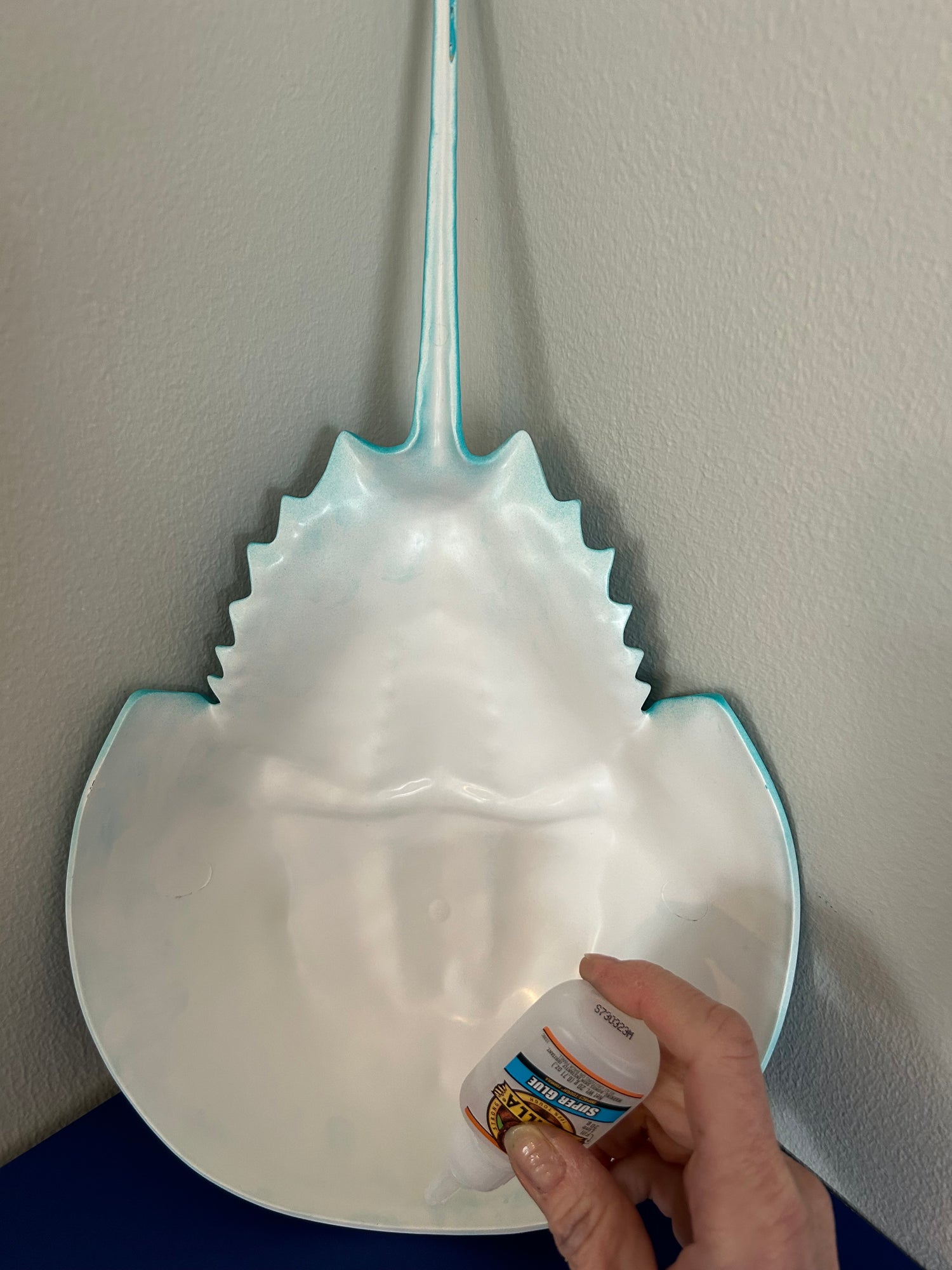
Step 1
Lean your model in a corner or against a wall. Place a piece of scrap paper or wax paper under the model. Put a dab of Gorilla Glue or craft glue on the model in line with the "spike" of the crab.
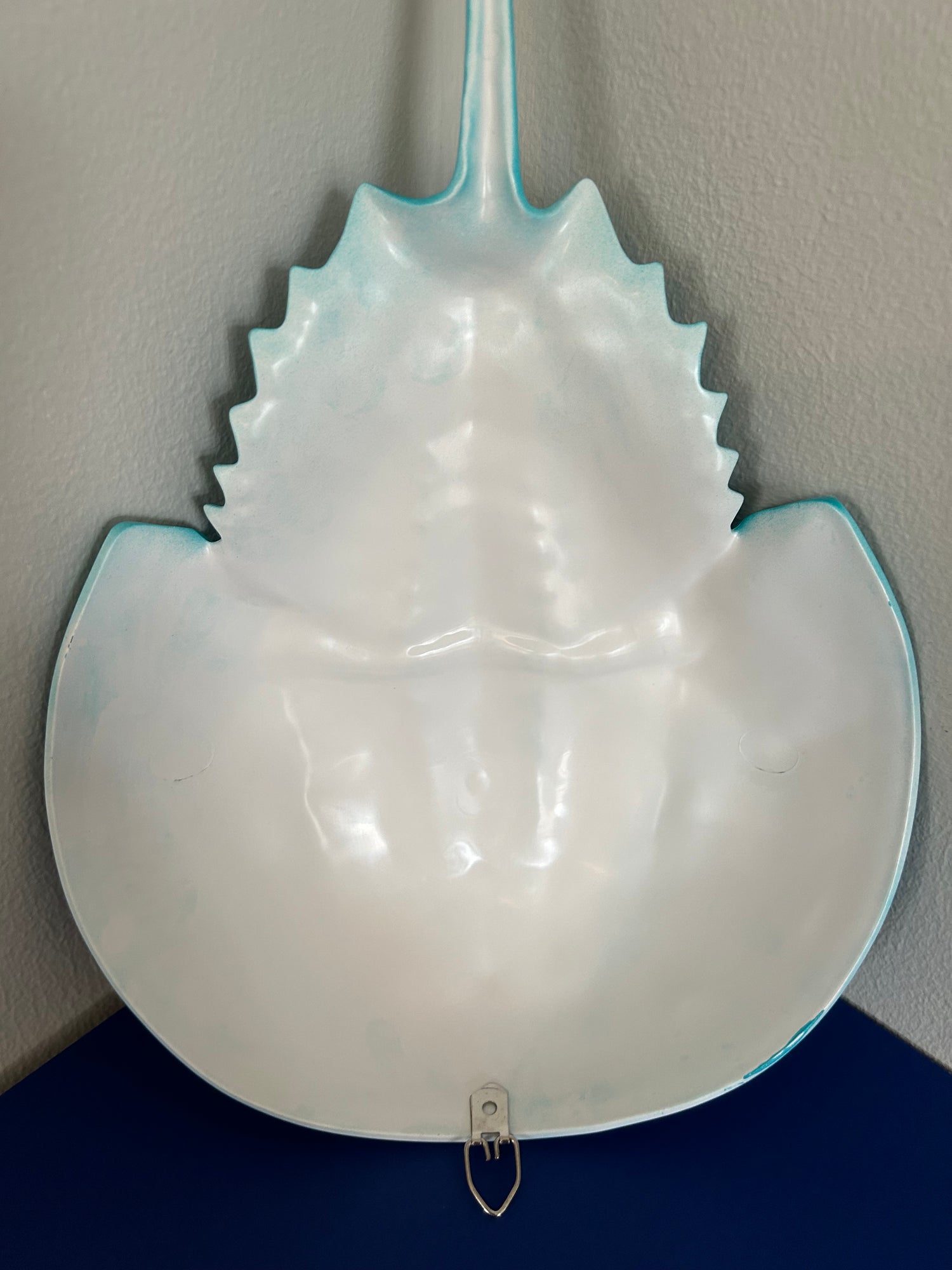
Step 2
Put the brace part of the hook directly in the glue. Leave the D-Ring hook section free to swing on the hinge.
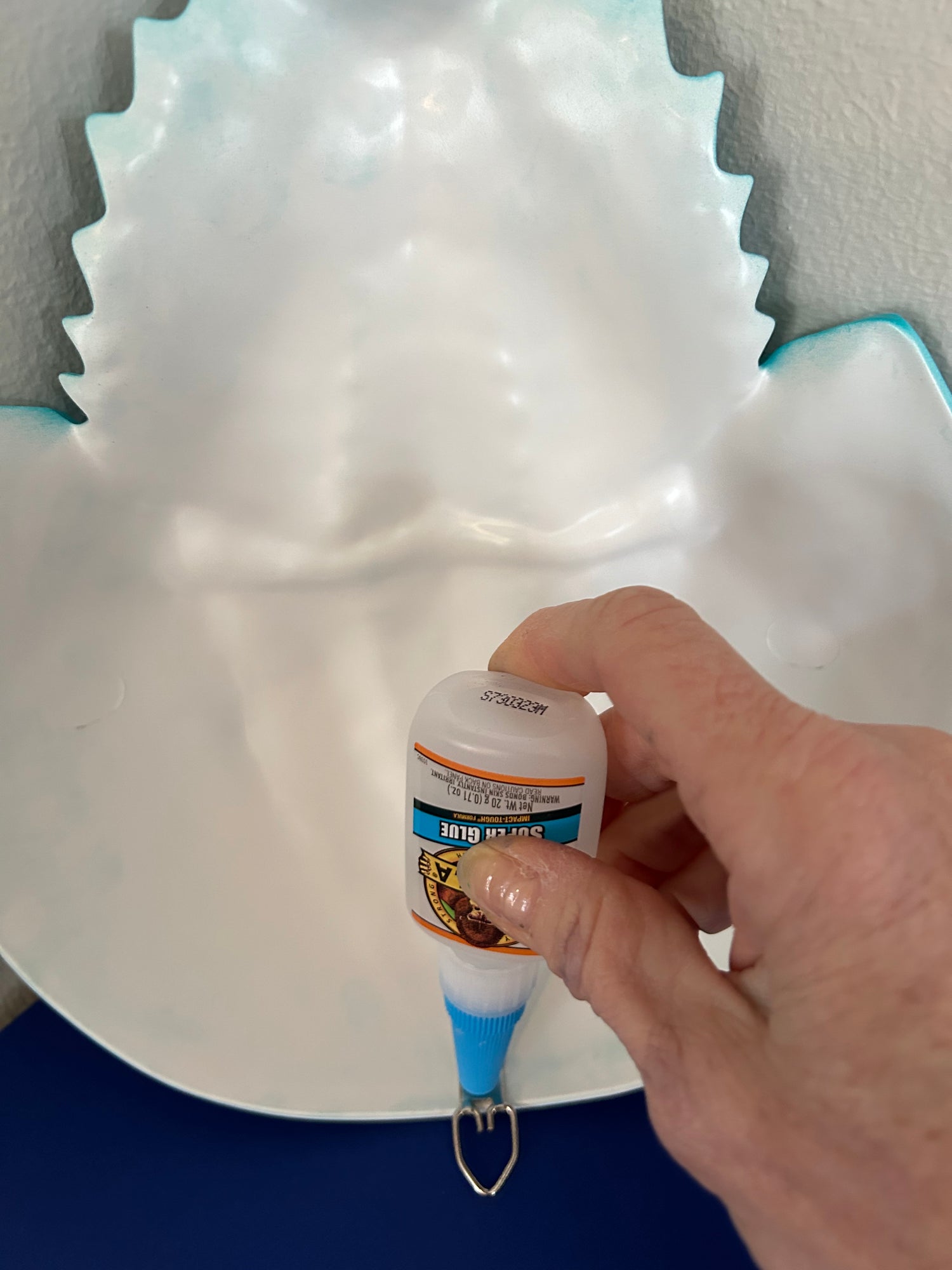
Step 3
Use the closed cap of the glue to push the brace part of the hook into the model to make a tight seal. Leave the model in this position until glue has dried. (We usually leave it for 12 hours to make sure the glue has cured.)
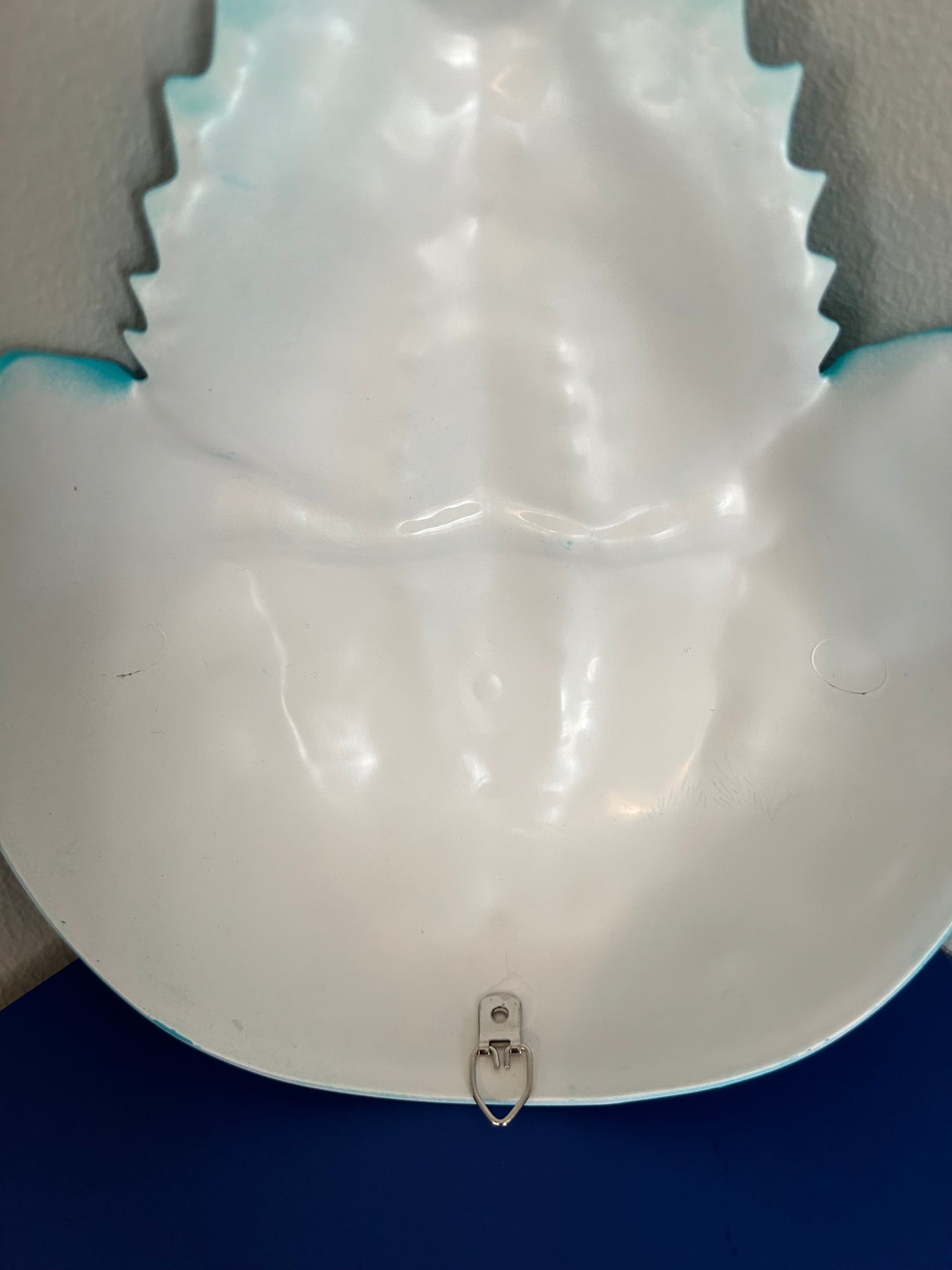
If you prefer not to see the hook...
Place the hook farther inside the 'shell' of your model if you do not want the hook visible when you hang your model on the wall. Depending on how far in you place the hook, you may need a longer nail to reach the hook.
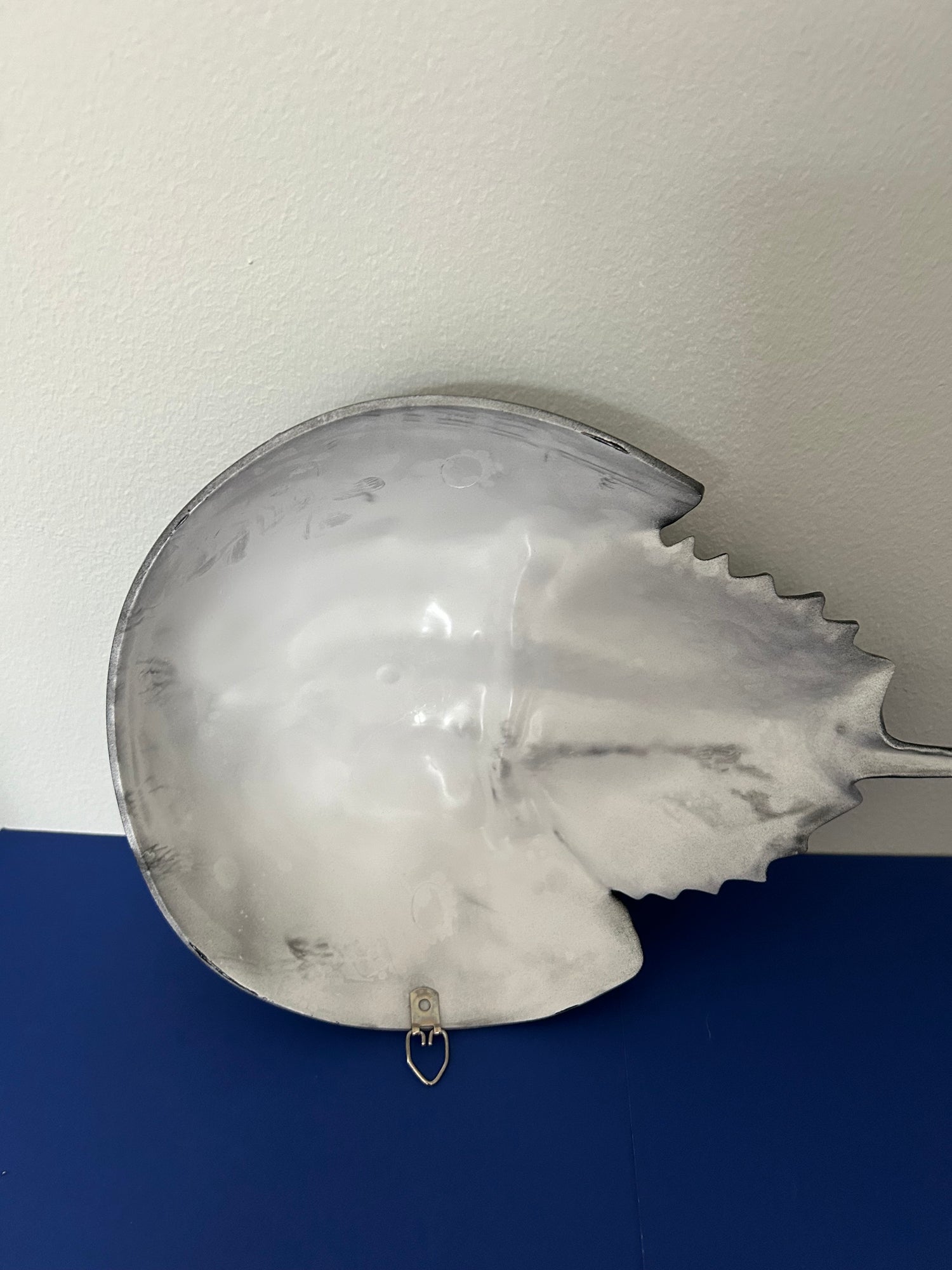
Orient your model...
The model can be hung horizontally, etc. Simply adhere the hook in different locations depending on the preferred orientation.

